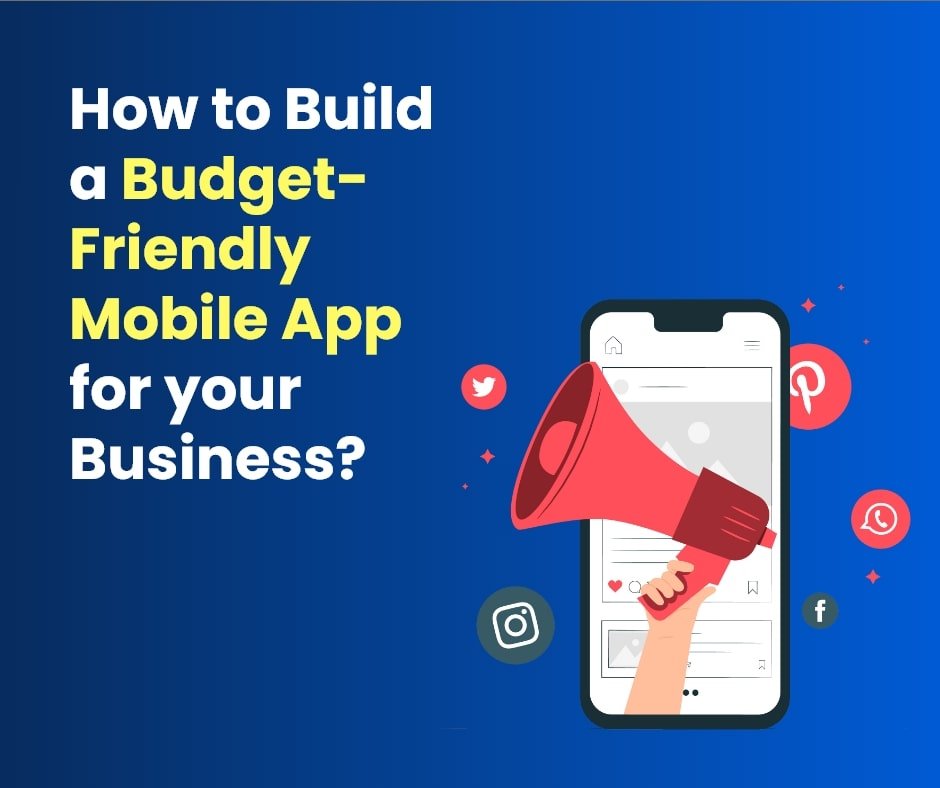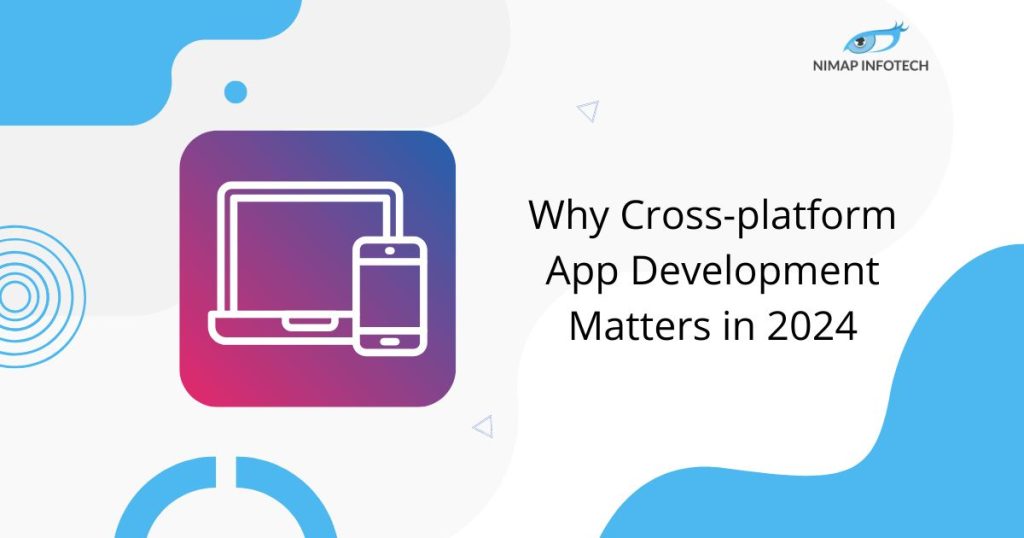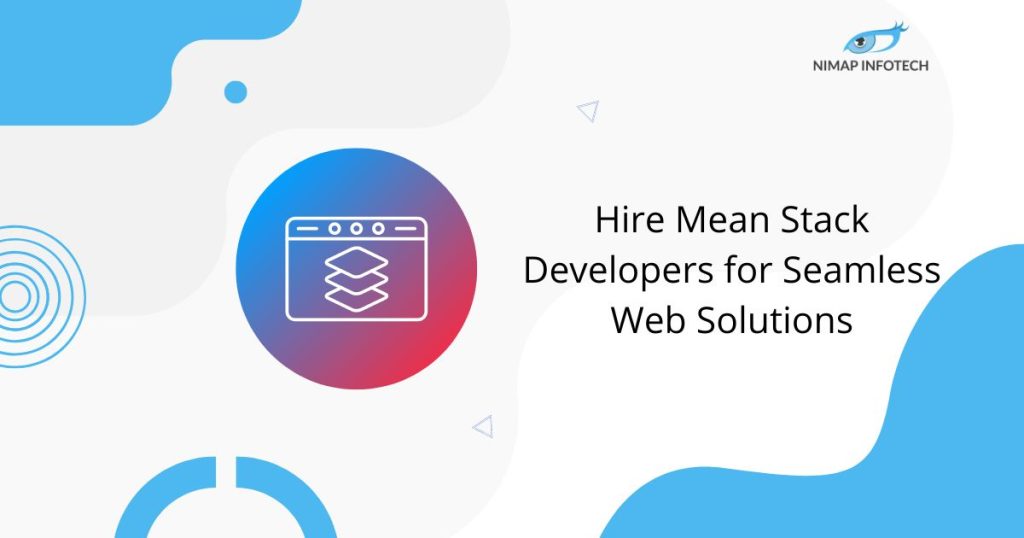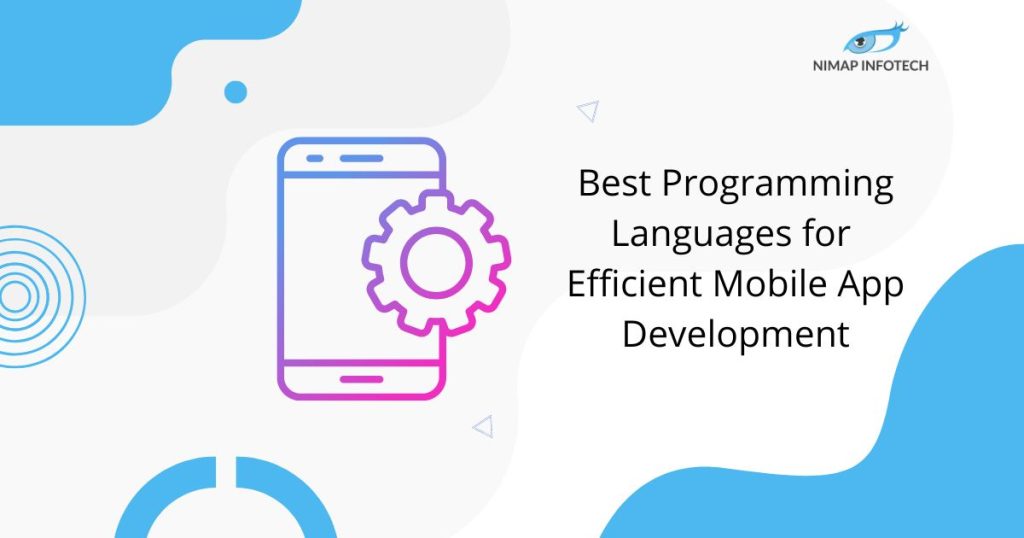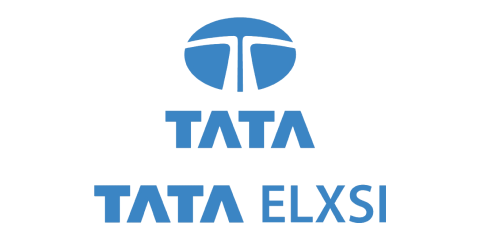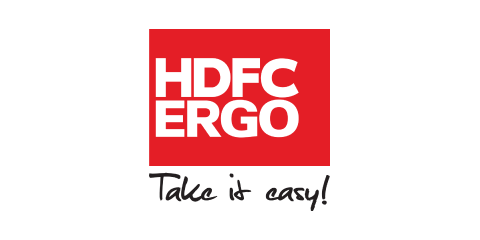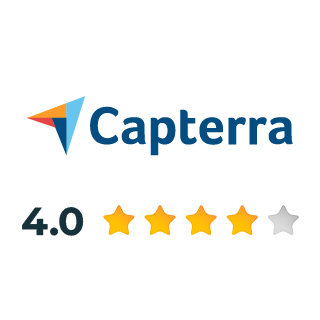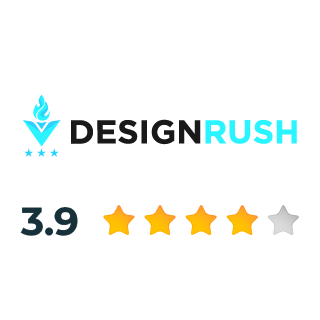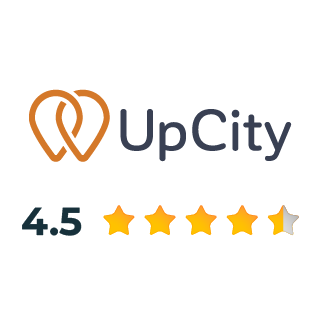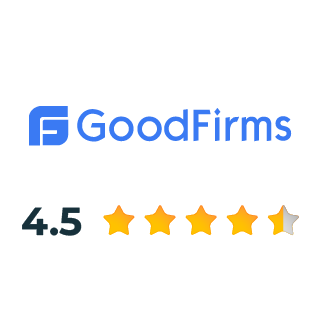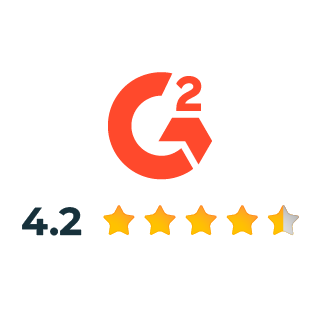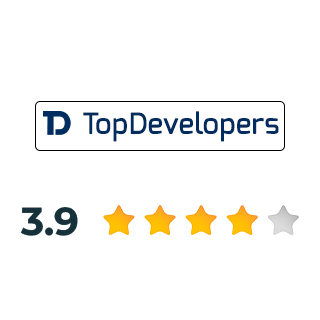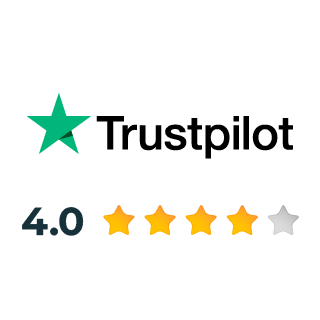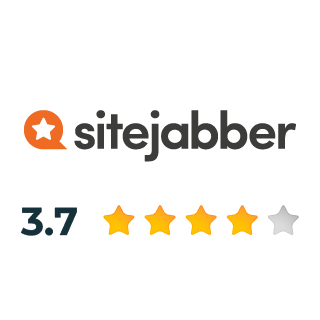1. You need to Set Clear Goals
First things first, you got to set clear goals for yourself to ensure the mobile app development cost remains within your budget. You need to make sure that you have defined your business goals and what you want to achieve using the mobile app.
Here’s a quick checklist of the questions you should ask yourself before getting started:
- Who is going to use my app? What is my target audience?
- Why should my clients (or potential customers) download and use my app?
- How is it going to help my customers?
- What specific problem the app is going to solve for my customers?
- What are the short-term and long-term returns?
- Who are my competitors? Do they have an app for their business? If yes, what unique features it has?
It will help you a lot if you do a little market research to get the answer to the above questions. From the answers, you’ll get the following high-level information:
- Your target audience and the competition
- A list of essential features and unique functionalities of the app
- A solid monetization plan based
You will need to save this information as the developers would need it in the future for better planning of the development process.
As Kim Perell, the CEO of Amobee, says: It’s about what you want to achieve. Without a clear vision, you don’t know what goals to set or what actions to take. You need to be exactingly clear about what you want.
2. Determine the Right Pricing Model
The next step for you will be that you will need to decide the right pricing model for your mobile app development project. Should you go for a fixed pricing model or design on for paying on hourly rates? Well, this entirely depends on the scope and requirements of the project.
Since you have got a limited budget, a fixed pricing model may sound a pretty reasonable option. However, one of the major and significant downsides of this model is the constraints it puts on the project.
In the fixed pricing model, you are not able to modify or add new requirements once the contract is signed. If you want to make any modifications, you will have to pay extra charges to the developers.
On top of that, many mobile app development companies would add extra cost in the bid amount to avoid getting undercharged. This means you can easily pay extra in the fixed pricing model.
Another option is to go for a Fixed-Budget Model that is always preferable. In this pricing model, you do the market study mentioned in the first step, be upfront for the budget and app priorities. Your development partner will think over your requirements as well as your budget constraints and provide you with the best possible options.
One of the main benefits that this model can provide you is that you get a custom business app to get going and make modifications further as you receive customer feedback.
3. Choose the Right Mobile Platform
You will need to decide whether to build your mobile app for Android phones or iPhones. Well, if you want to serve the broader market, then you will need to develop an app for both platforms. However, budget-wise, it will be in your best interest to choose either Android or iOS.
The data you’ve collected resulting from your target audience research would help you. You need to perform a competitive analysis to identify which platform is most prevalent. If there are more Android users than iPhone, you might want to develop an android app first.
4. Prioritize the Features Based on Cost and Users Needs
Some features and app functionalities may require you to invest more time and budget.
For example, if you want to sell products through your mobile app, incorporating a payment system is a must. It can be expensive and time-consuming to code the payment gateway system. You can’t ditch this feature just because it’s costly.
This is why you need to prioritize the app features and functionalities based on development cost and user needs. You need to and always strive for building a low-cost, high-functioning app that has all the essential elements for product success.
Here’s an example of how to prioritize an e-commerce app:
Critical Features:
- Registration using social media or email
- Product catalog & product sharing
- Secure payment gateway
Important Features:
- Custom search function, filters
- Gift options
- Digital wallets integration
Additional Features:
- Send notifications on mobile
- Multiple payment options
- Advanced profile settings
If you want to build an e-commerce app, you can and are able to cut costs on additional features. You must have essential features like customer sign-up and payment options.
Recommended Read: Strategies to Reduce Mobile App Development Cost for Startups in 2020
5. Get an MVP
MVP also is known as Minimum Viable Product can prove to be a great option if incorporating essential features in your mobile app is going to cost you significantly more than your ideal budget. An MVP is nothing but a launch-product with limited important functionalities, which is available for users to download.
MVP allows you to collect valuable data and feedback from early adopters and embracers, validate your idea and initial assumptions and analyze the market needs.
This data will help you save time and money while reducing the risk of high investment into the actual product.
6. Don’t Go for Hybrid Apps
Hybrid apps are designed to be much cheaper and faster to develop and provide a better alternative to MVP. However, don’t rush for it just yet. Hybrid apps provide you with limited features, and they won’t be able to take your business too far.
It’s hard to incorporate advanced functionalities into hybrid apps. Even if you get a full-fledged hybrid app, it won’t be stable and will require maintenance now and then. This is a drawback for you. Plus, there is not much room for improvements as well as any kind of modifications in the hybrid apps.
You may initially invest low into the hybrid apps, but it proves to not be a viable or feasible option in the longer run. That’s why you need to invest in native apps instead of hybrid apps.
7. Find an Agile Partner
Should you hire a freelancer/s or outsource your project to a mobile app development company? If you want your mobile app to be successful, it would be best in your favor to partner with an app development company.
For most of us, it would look like a budget-friendly option to hire a freelancer. However, the chances are high that you can shell out more and you might end up paying more to the freelancer.
When you hire a freelancer or a team of freelancers, you need to continually collaborate and coordinate with them to ensure your project is on track. Sometimes, the project timeline can also extend and this is beyoud control, and even though you’re paying less per hour, you may end up spending more with the extended deadline.
Also Read: What are the new trends in mobile development application
Conclusion
Developing a custom mobile app takes a lot of time, effort, money, and energy. Mobile development companies know the business processes, and they are able to easily understand your needs.
It will speed up the development process and help you bring your product to the market much faster. And, you don’t even have to worry about exceeding the budget. If you are looking to Build a Budget-Friendly Mobile App then contact us at enquiry@nimapinfotech.com with your requirements. We have the most talented pool of developers ready to onboard your project within your budget and time constraints.
